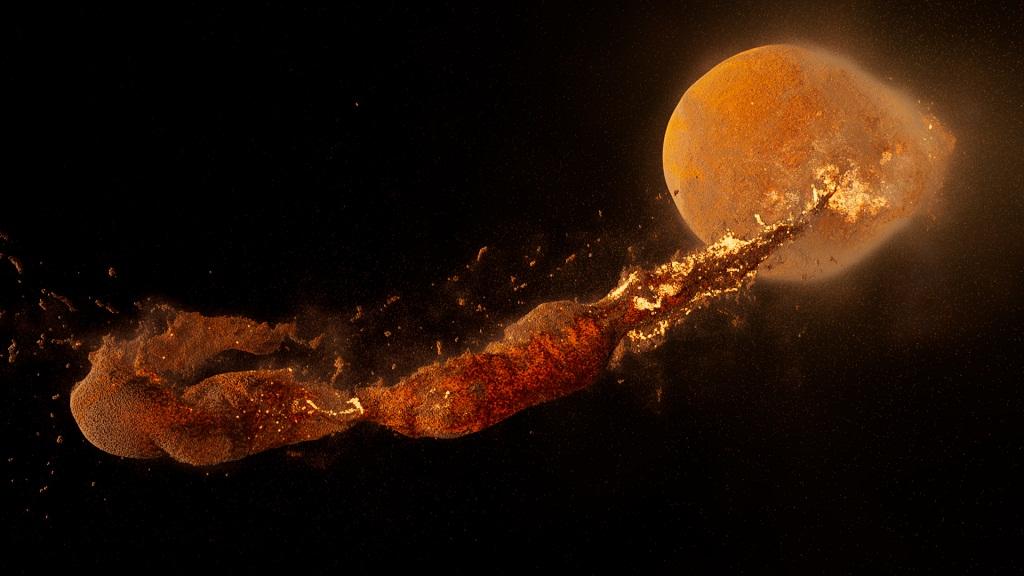

Moon’s composition is similar to Earth and not Mars or other objects in the solar system



The Moon may have formed hours after Theia, a Mars-like object, violently collided with the young Earth, according to a new study.
Previous theories on the Moon’s genesis say the satellite was formed months or years after the collision. And the gradual solidification of molten Theia debris gave rise to the Moon.
“The origin of the Moon is one of the biggest unsolved mysteries in our solar system. There are several good ideas, but not yet any conclusive answers,” Jacob Kegerreis, a postdoctoral researcher at National Aeronautics and Space Administration’s Ames Research Center, told DTE.
He is the lead author of the study published in The Astrophysical Journal Letters October 4, 2022.
Previous theories did a pretty good job explaining the Moon’s properties, but they do not entirely add up, the researchers argued.
The lunar body was expected to be more like Theia. But rock samples from it, thanks to the Apollo Mission, painted a contradictory picture.
Moon’s composition is similar to Earth and not Mars or other objects in the solar system.
“In terms of composition, the Earth and moon are almost twins, their compositions differing by at most few parts in a million,” Alessandra Mastrobuono-Battisti, an astrophysicist at the Israel Institute of Technology in Haifa, told online portal Space.com.
This contradiction casts a long shadow on the giant-impact (Theia impact) model, the expert added.
Kegerreis and his colleagues experimented with hundreds of high-resolution simulations to best explain the Earth-Moon system. They altered the angle and speed of the collision and the masses and spins of the two colliding bodies.
Their simulation showed that the materials from Earth and Theia launched directly into our planet’s orbit after the impact, creating the Moon. And the materials ejected from the young Earth were deposited on the Moon’s outer regions. This explains why the compositions of the two bodies are similar.
“It was extra exciting that the new results could include a tantalisingly Moon-like satellite in orbit,” Kegerreis said in a statement. Previous theories show the Earth’s natural satellite formed in a circular and equatorial (not-tilted) orbit, according to researchers.
But the Moon’s current orbit is tilted and wide. The new study shows the “possibility of forming an eccentric (non-circular) orbit and a significantly inclined one (titled away from the Earth’s equator),” Kegerreis added.
Moon’s origin can also tell us about its internal structure. “The detailed interior of the Moon is not very well understood today, let alone how it was in the past,” the expert highlighted.
Most previous ideas for lunar formation speculate that it was very hot and completely molten in its initial days, he explained. The Moon was probably less molten than the standard models, Kegerreis’ theory explained.
Future missions to the Moon could provide more conclusive answers, the researchers said.
“Even more samples from the surface of the Moon could be extremely helpful for making new and more confident discoveries about its composition and evolution,” the expert said.
Missions and studies can help researchers understand the actual history of these bodies. It can also answer whether the Earth-Moon system is unique, he added.
We are a voice to you; you have been a support to us. Together we build journalism that is independent, credible and fearless. You can further help us by making a donation. This will mean a lot for our ability to bring you news, perspectives and analysis from the ground so that we can make change together.

Comments are moderated and will be published only after the site moderator’s approval. Please use a genuine email ID and provide your name. Selected comments may also be used in the ‘Letters’ section of the Down To Earth print edition.